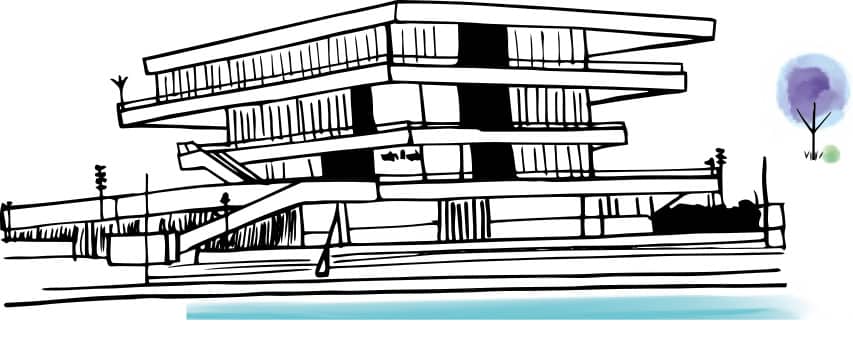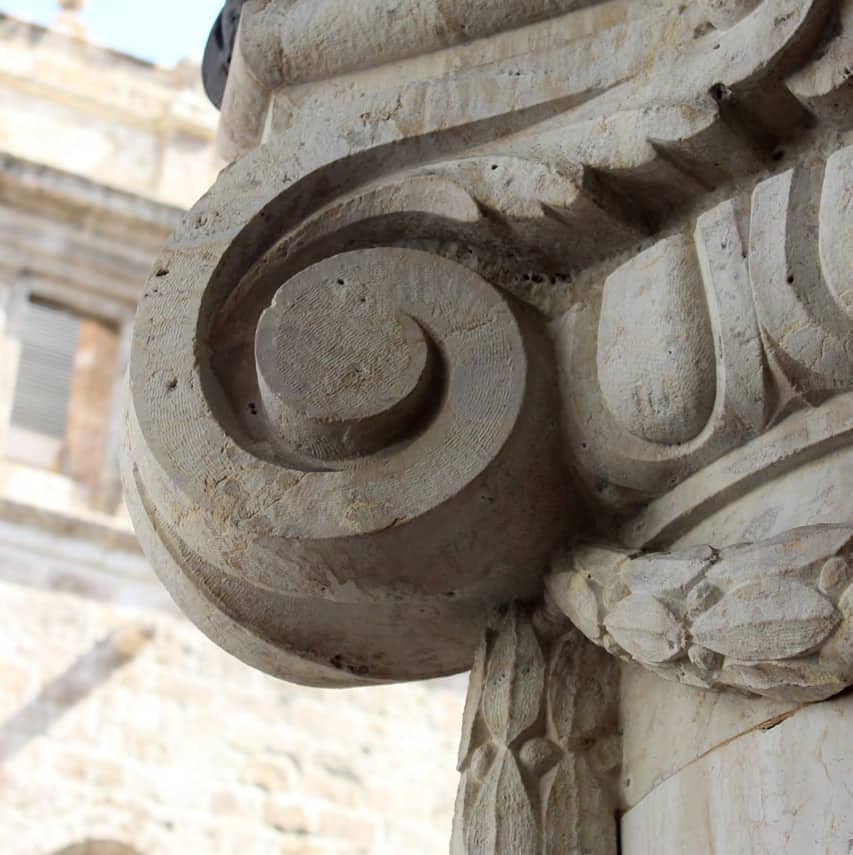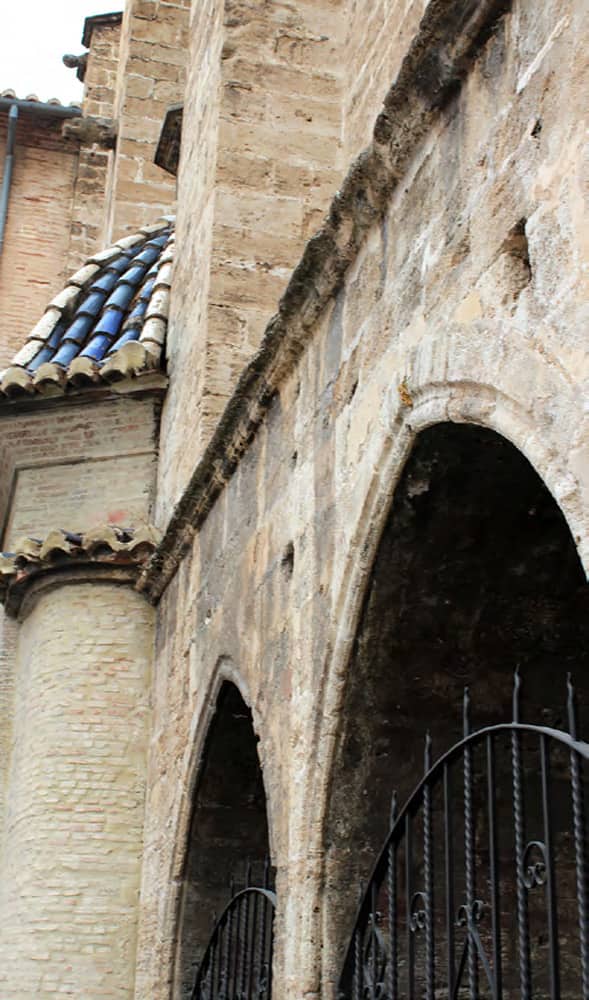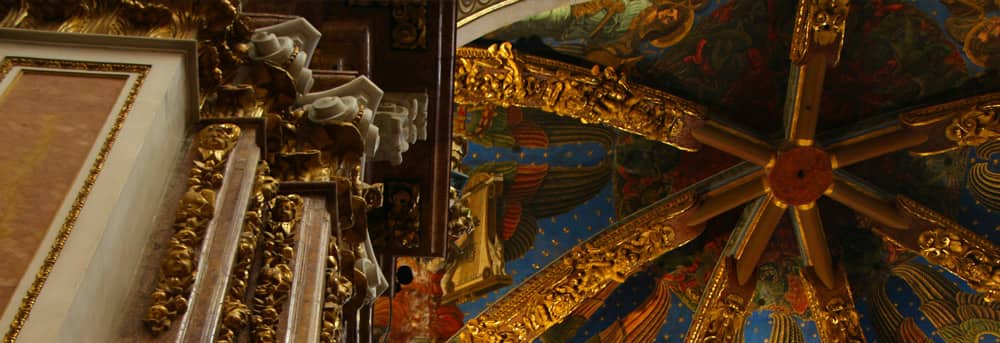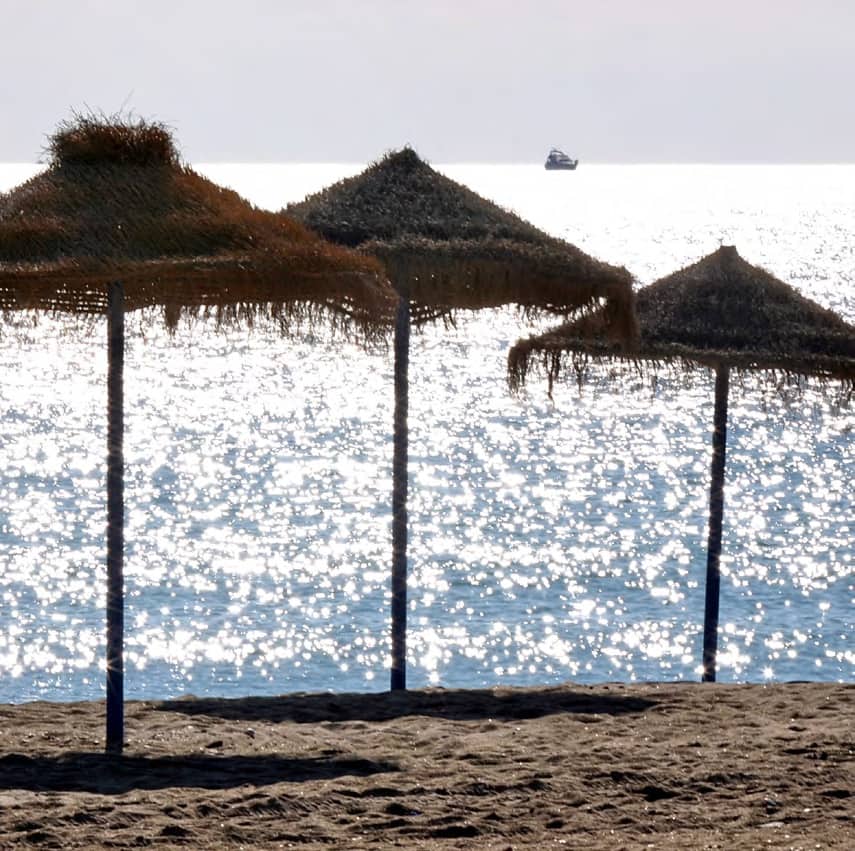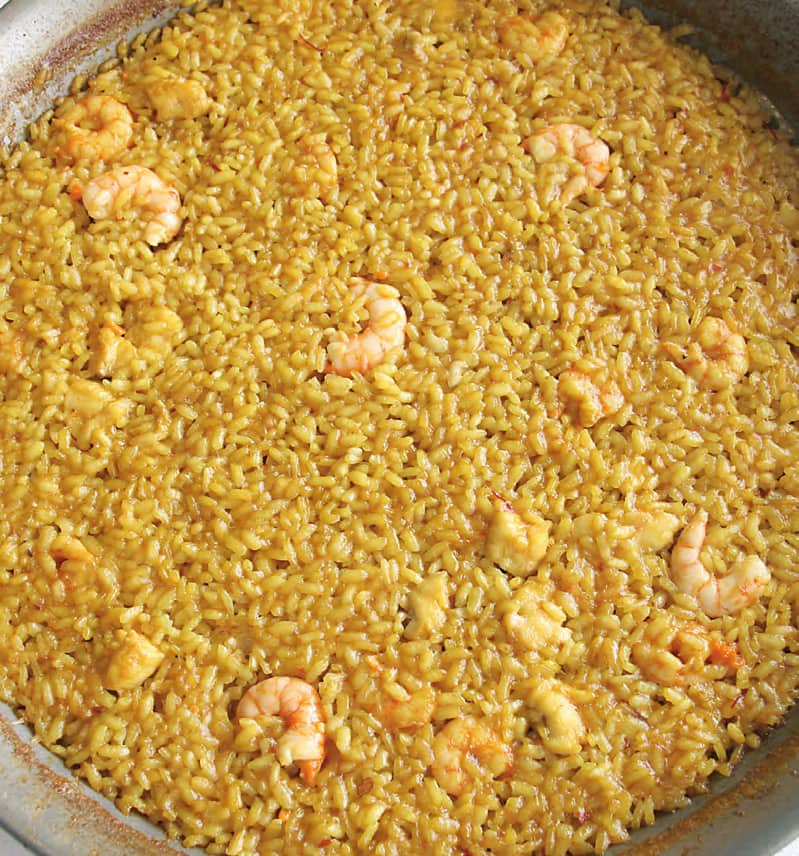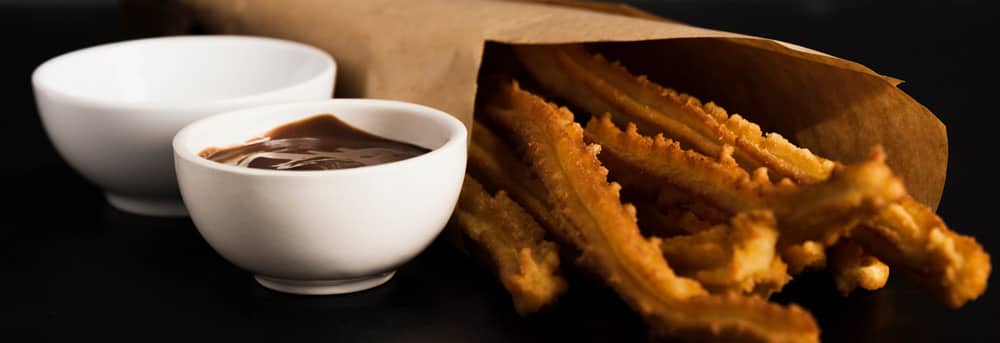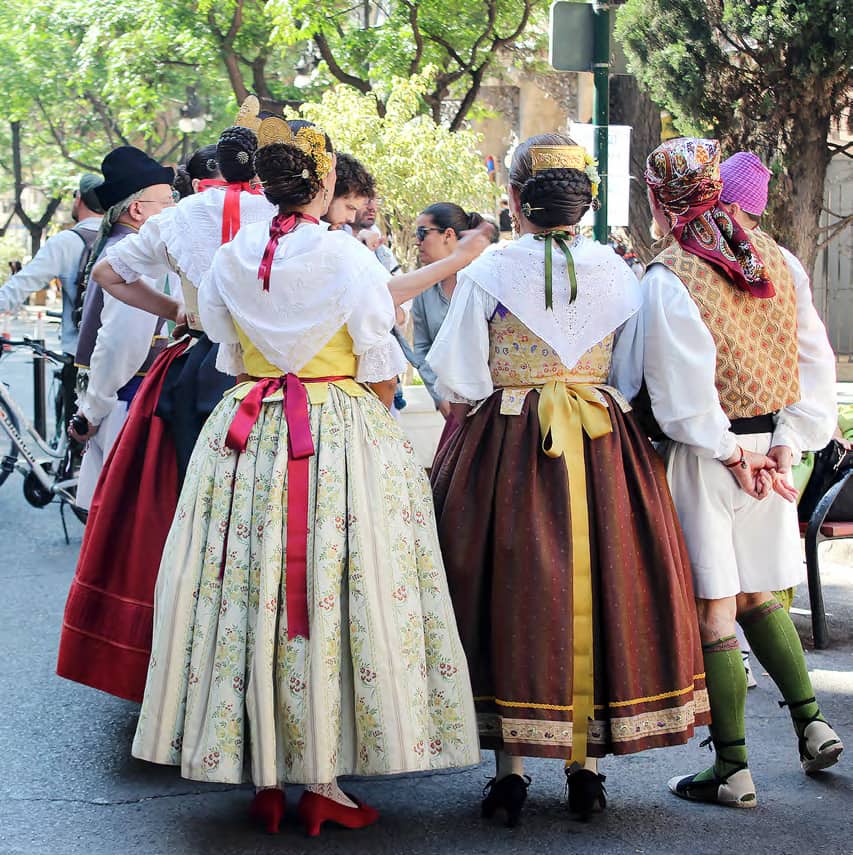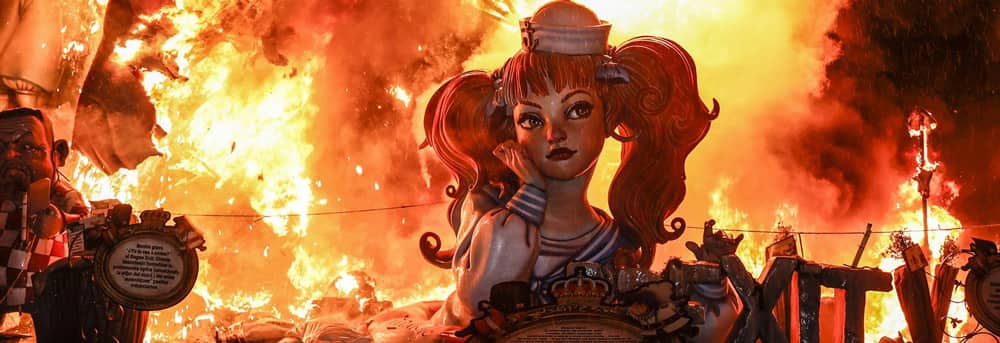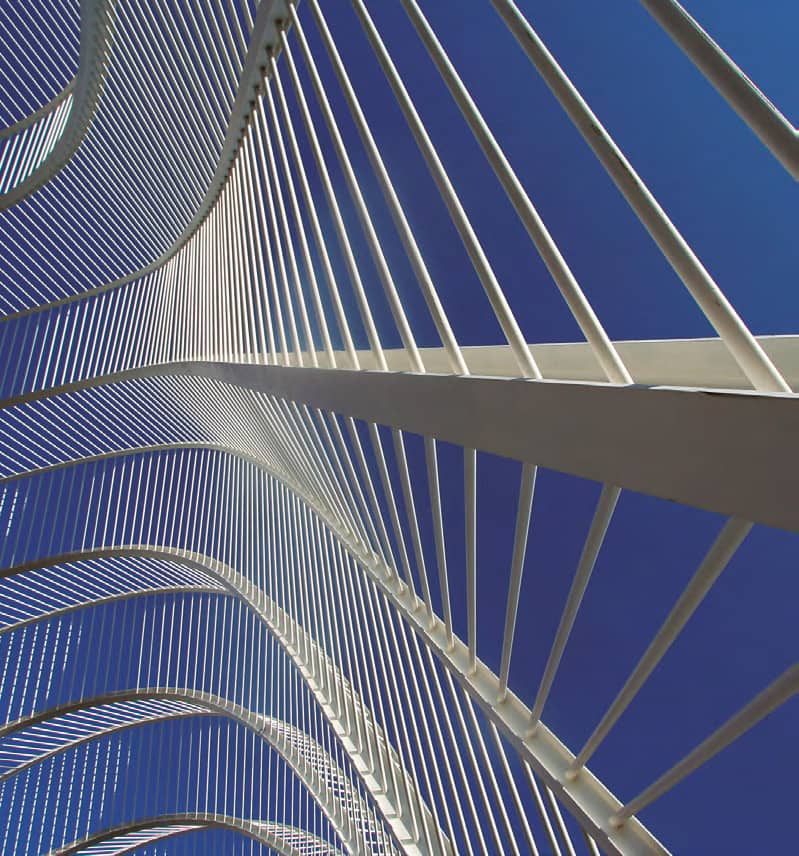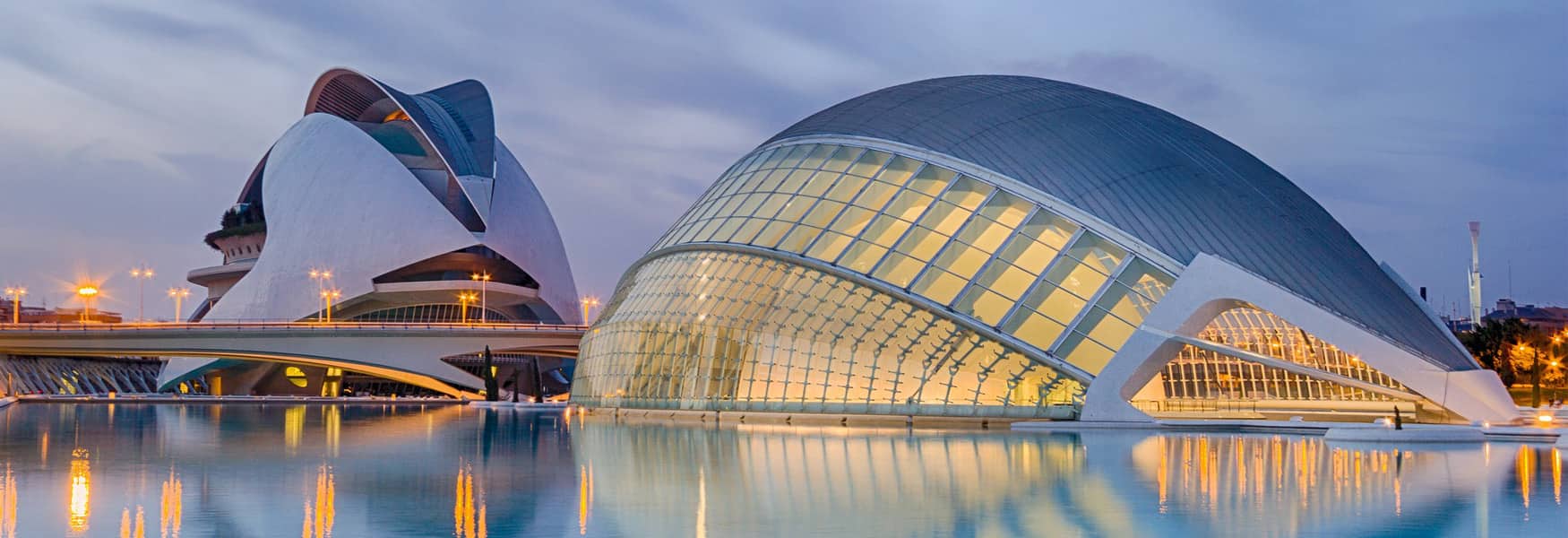History
Valencia was founded in 138 BC by the Roman consul of Hispania, Decimus Junius Brutus, under the name of Valentia Edetanorum. This city is a superposition of Roman, Visigoth, Muslim and medieval cultures. Proof of this are such representative monuments as La Lonja de la Seda (declared a World Heritage Site by UNESCO), La Almoina, Las Torres de Serrano and de Quart or the Cathedral.
In Valencia you can find buildings of all architectural styles: Gothic (predominant style in the Cathedral of Valencia or the Silk Market), Renaissance (Old Convent of Carmen), Baroque (Basilica of the Virgin of the Forsaken) and Neoclassical (The Bullring of Valencia).
One of the most mentioned expressions in Valencia is: “Estàs a la lluna de València”.
We have to go back to the times when the city of Valencia was walled and the city gates had a closing time and if you arrived later than that time, you could not enter the city. It was then that it was said that you were staying on the moon of Valencia.
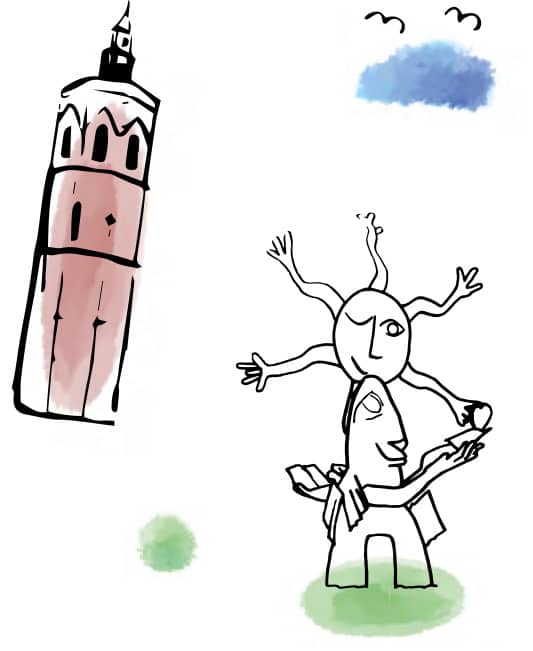
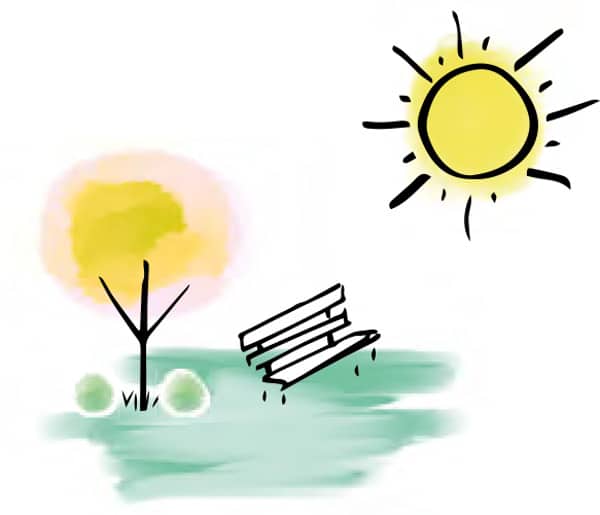
Wheather
What do I have in my suitcase?
Valencia enjoys a very pleasant and temperate Mediterranean climate, with a gentle change in temperatures depending on the time of year. Most days are sunny and it has a very special light.
The average annual temperature is 17 ºC with warm summers and mild winters thanks to the Mediterranean Sea. The sun shines throughout the year and the scarce rainfall is usually concentrated in the months of September and October.
In summer we recommend comfortable and light clothing, as the temperature is usually around 30 degrees: suspenders, short sleeves, skirts and shorts, sandals or sneakers.
In winter, the thermometers drop by about 10 degrees, so a jacket or coat and long pants, socks or leggings are essential.

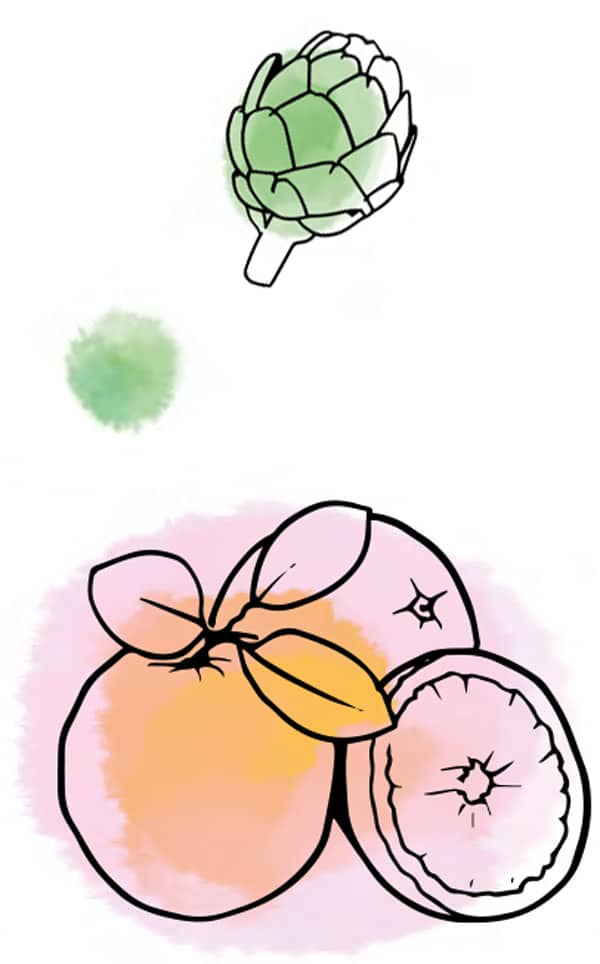
VALENCIAN GASTRONOMY
The queen of our gastronomy is paella, it is one of our hallmarks and if you choose the place well, you will never taste anything like a good Valencian paella. But Valencian cuisine is much more than rice. Based on the Mediterranean diet, it stands out for its wide variety of ingredients from the sea and mountains: fish and seafood, first class meats, fruits, vegetables and vegetables from our garden, traditional fish and seafood stews from our Mediterranean and our ‘liquid gold, olive oil.
With all this, great traditional dishes are prepared that are accompanied by excellent wines with their own Designation of Origin. It is essential to taste our famous horchata and our spectacular Valencian oranges.
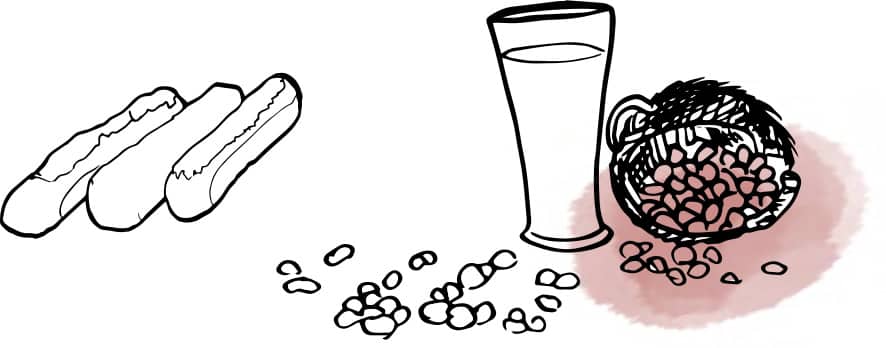
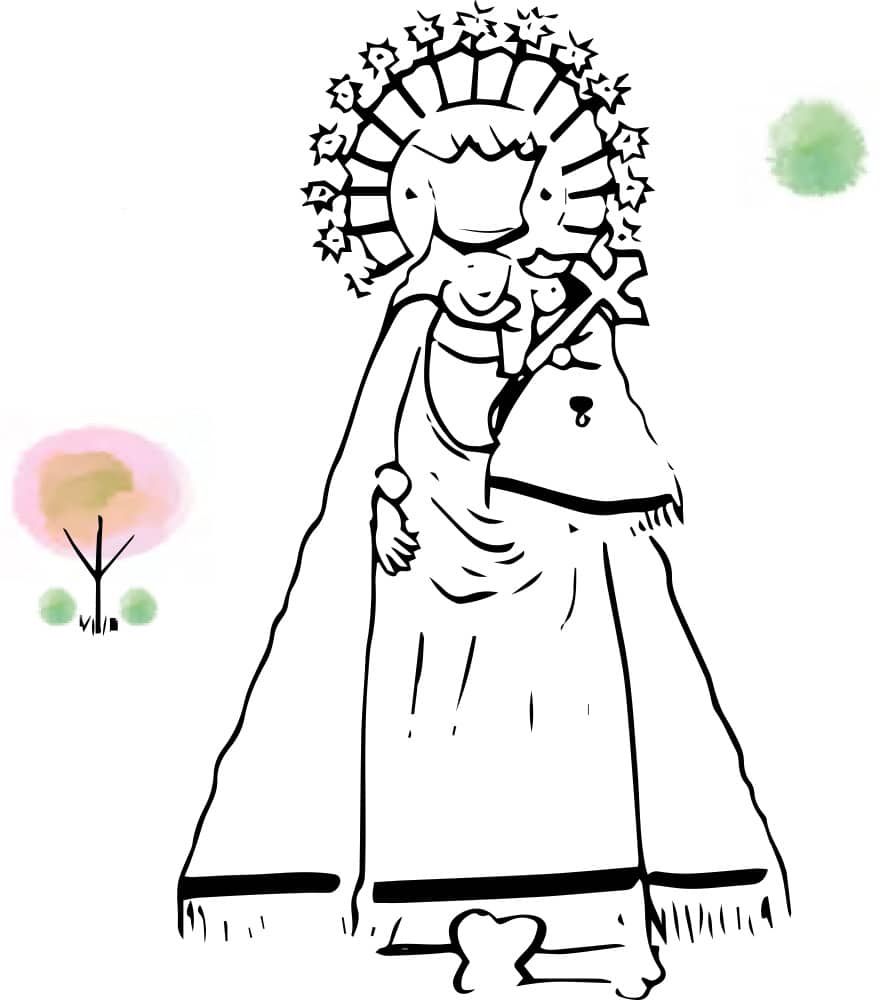
Tradition and festivals
That in Valencia there is always something to celebrate is no secret. Noise, music, gunpowder, colour and ingenuity are always the protagonists of our festivals.
The Fallas are one of our most famous festivals that are celebrated from the 15th to the 19th of March. They are declared Intangible Heritage of Humanity by UNESCO for being a festive activity that represents the values of collective effort and that extols the knowledge and knowledge of the Valencian people.
Other festivals that you cannot miss are: the Maritime Holy Week, the transfer of the Virgen de los Desamparados, the Valencian Corpus Christi and the July Fair.
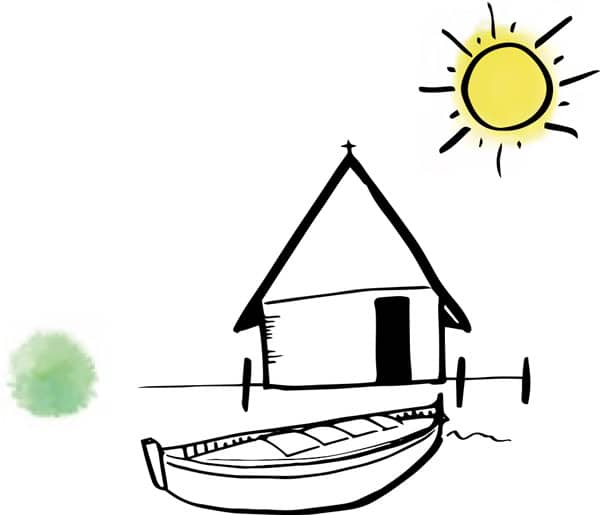
INNOVATION
Valencia is a very avant-garde city. It is a city that boasts of its extensive historical past but has the counterpoint with large futuristic constructions. If you are an architecture lover you have to visit the Palacio de Congresos (built by Norman Foster) and the Veles e Vents building (by David Chipperfield), the MUVIM, the Feria de València, the Palau de la
Música or the IVAM.
The jewel in the crown is the City of Arts and Sciences by Santiago Calatrava, already an architectural marvel and a space that leaves no one indifferent but hides a little secret. In the building of the Príncipe Felipe Science Museum, both at the east and west entrances, we find a large arch. If two people go, we encourage each one to stand at one end of each goal and talk, see what happens…
